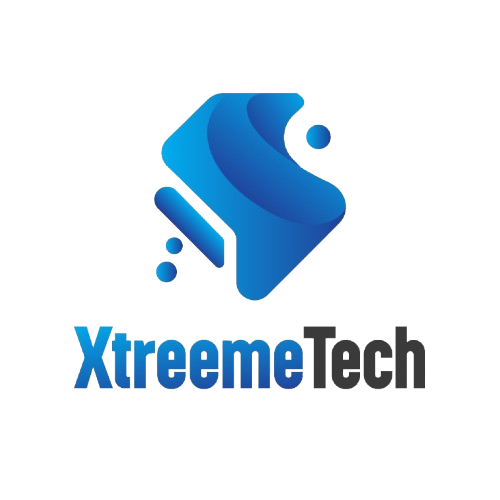
AI SaaS Solutions That Replace Stress With Smart Growth
Managing a business in 2025 feels like trying to juggle fire while riding a unicycle, too many tools, constant decision fatigue, and never enough time. From juggling customer expectations to tracking endless performance metrics, most teams are drowning in repetitive tasks and outdated software that simply can’t keep up.
That’s exactly why AI SaaS Solutions are becoming mission-critical, not a luxury. These platforms aren’t just shiny new tech; they’re workhorses designed to do the heavy lifting for you. Whether it’s automating sales processes, predicting customer behavior, or delivering real-time insights, these solutions are built to ease the pressure and help you move faster with fewer headaches.
At XtreemeTech, we build and customize intelligent platforms that simplify, accelerate, and amplify what your team already does, only smarter. You’ll finally have more space to think, lead, and grow without being buried under to-do lists and disconnected apps. And the best part? You don’t need to be a tech genius to get started. We’ve made it easy, scalable, and surprisingly affordable to make artificial intelligence work for you.
They have shifted from “nice to have” to “non-negotiable” in today’s market. SaaStr and RIB Software both highlight that AI isn’t just a trend anymore, it’s the engine behind high-performing SaaS products.
More than just automation, we’re now seeing a rise in full-fledged AI assistants. Upsilon points out how businesses are turning to systems that do more than react, they predict, suggest, and even take action without being told.
Core Features Every AI SaaS Solution Must Offer
- Great platforms don’t overwhelm. They simplify. The best ones offer clean, personalized dashboards that adapt to your work habits.
- ProCreator emphasizes that predictive user experiences are now a must, not a bonus. Your tools should know what you’ll need next. Upsilon also notes the importance of integrated AI-powered analytics that make reporting and decisions lightning fast.

How They Transform Business Operations
Let’s be honest, most teams are still buried in spreadsheets and manual tasks. These tools change that. Netguru shows how AI streamlines workflows by automating routine jobs, reducing time waste, and surfacing what matters. Platforms like these help you skip the guesswork. UserGuiding explains how they also improve onboarding, training, and customer support, all with less human effort.
Some of the biggest players are already investing heavily in AI SaaS. Google, Microsoft, IBM, Salesforce, and OpenAI are leading the charge. Databricks and C3.ai are also pushing the boundaries of what’s possible. AutoGPT and Netguru list these as benchmarks, proof that AI SaaS isn’t just for tech giants. Even smaller teams can now access world-class AI tools without hiring a data scientist.
According to Bain, these solutions are creating two major paths: some enhance existing workflows, while others completely replace them. Smart companies are thinking carefully about which road to take. At the same time, SaaStr notes that freemium AI-powered models are booming. Product-led growth (PLG) is here to stay, and AI is supercharging it.
Not all platforms are created equal. SymphonyAI suggests focusing on scalability—can the platform grow with you? Netguru recommends looking at integration capabilities. If it doesn’t play well with your current systems, it’s just another headache. Also, check the pricing model and how often the platform updates its AI models.
Ethical Challenges and Practical Considerations
As exciting as these platforms are, they come with real questions.
- Financial Times reports concerns about high costs, employee pushback, and unclear ROI.
- There’s also the issue of trust. Is your data safe? Will the AI behave the way it should? These are important conversations every business needs to have before diving in.
Getting Started: Practical Steps to Implement
It doesn’t have to be complicated. Netguru and Younium agree on this approach:
- First, assess where your team spends most of their time.
- Then, define what success looks like for you.
- Finally, pilot a few platforms that align with your needs and evaluate results quickly.
It’s better to start small and scale than to wait for the “perfect” moment.
Conclusion
These platforms aren’t just the next phase of software, they are the future of software. From automating the boring stuff to helping leaders make smarter calls, they give businesses an edge they can actually feel. In a market where speed and insight mean everything, this tech isn’t a nice-to-have anymore, it’s the tool that keeps you ahead of the curve.
